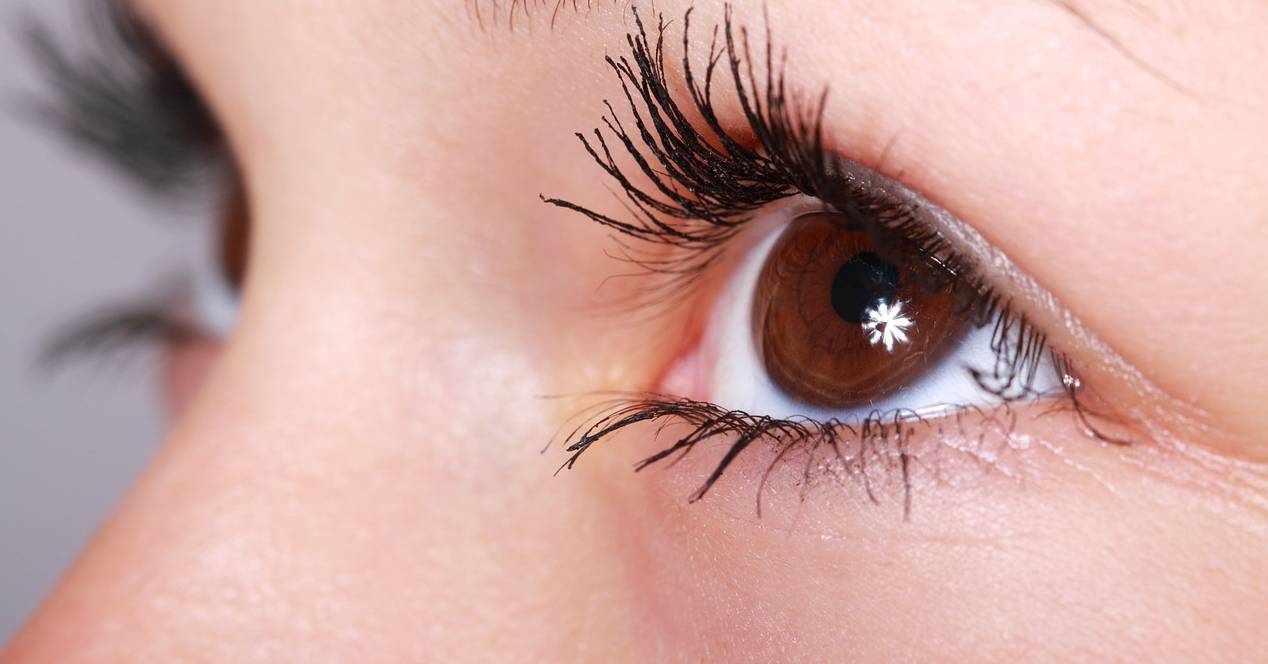
For years, eye care professionals have recommended eye exercises as a way to reduce nearsightedness. However, after several studies and evaluations, scientists from the American Academy of Ophthalmology reported in 2004 that there was no evidence that eye exercises such as the Bates method or other eye movement routines had any effect on the reduction of myopia.
Why exercises for myopia do not work
The first thing to understand is that myopia is not genetic. In most cases, pseudomyopia occurs first, followed by lens-induced progressive myopia. By understanding how this eye problem works, one can begin to functionally apply whether or not an eye exercise for nearsightedness could address the cause. If you don't address the cause, then eye exercise can't fix myopia.
Nearsightedness is caused by too much close-up first (pseudomyopia) and hyperopic blurring from less lens wear (glasses, progressive myopia) later. Although some people think that myopia eye exercises address the problem of too many close-ups, the truth is that they don't work that way.
Eye exercises for nearsightedness do not address the cause of progressive myopia, so they cannot work, by definition. It is true that you can get temporary relief, a feeling of improvement from challenging your eyesight. But while these exercises won't cure nearsightedness, they can help a person get the best vision possible and minimize eye strain. This can help with problems such as vision-related headaches, especially in people who have untreated nearsightedness.
Famous exercises to reduce myopia
Below we will discuss some of the most popular eye exercises, based on the false notion that they have something to do with William Bates of dubious eye exercise fame.
Visual training exercises
You may know that there are ways to train your vision, such as those exercises designed to improve sports vision or those that help focus the eyes. These types of exercises do benefit healthy eyes, as well as people with brain injuries who need to learn how to rewire their brain and eyes again.
On the other hand, if you are myopic, there are no exercises so that your eyes can see better again. Just like there are no exercises for the eyes to prevent your nearsighted condition from getting worse.
If you've exercised your eyes and they appear to have improved, the American Academy of Ophthalmology notes that the improvement in visual acuity after training is not due to some physiological change for the better. This improvement is due rather to the way of interpreting blurred images, to mood swings or to the changes that the tear undergoes temporarily in the eye.

Eye training routines for myopia
Familiar eye movement routines, such as rolling the eyes in a circle or focusing on moving objects, are recommended for financial gain (if advice is charged) or as a way to reduce the need for glasses in myopic people. One of those exercises would be to focus your gaze on blinking lights.
Scientists are fed up with disproving claims that eye exercises reduce nearsightedness. Only focus problems, double vision or ocular convergence problems are benefited by these exercises.
If you are myopic, only your ophthalmologist can help you. Trust their advice and judgment.
Rule 20-20-20
Eye strain is a real problem for many people. Human eyes are not supposed to be glued to a single object for long periods of time. If you work in front of a computer all day, the 20-20-20 rule can help prevent digital eye strain. To implement this rule, every 20 minutes, look at something 20 meters away for 20 seconds.
What are Bates exercises?
Most eye exercises for nearsightedness are derived from exercises developed by William Bates, an American ophthalmologist. He advocated an alternative therapy for myopia, based on the fact that the mind plays an important role in causing or ameliorating myopia, called the Bates method.
Three of his exercises were:
- Place the palms of your hands against your cheekbones and relax your eyes as you turn off the light.
- Bask in the sun or turn your eyes toward the sunlight while moving your head back and forth.
- Gently rock your body back and forth as you focus your eyes on a finger placed in front of your face.
The Bates method is not recognized or endorsed by ophthalmologists. In fact, some experts point out that this method is based on an anatomical lie that external muscles control the eye. And actually, the eye has its own internal focusing mechanism. So if you're nearsighted, stop doing eye exercises because they won't improve your vision.
Improve eyesight the right way
The best idea to improve myopia is not exercises, but habits. With the right habits, vision can be improved considerably. However, there is no easy way to unravel the entirety of the massive topic of nearsightedness causation, eye exercises, and vision improvement in a single post.
- The stimulus will improve your eyesight. Habit-based stimulation, rather than a forced eye exercise regimen-based stimulus. You're on the right track for "exercises," even though the path doesn't take you exactly where you expected.
- Take regular breaks. Staring at a computer screen, or even reading fine print, for extended periods of time can cause eyestrain and other problems, so set an alarm to take your eyes off your work every 20 minutes.
- Protect yourself from ultraviolet rays. Wearing dark glasses on bright sunny days will block the sun's harmful UVA and UVB rays.
- Eat well. Including a balanced variety of healthy foods in your diet can help ensure that your eyes receive all the nutrients they need to stay healthy.